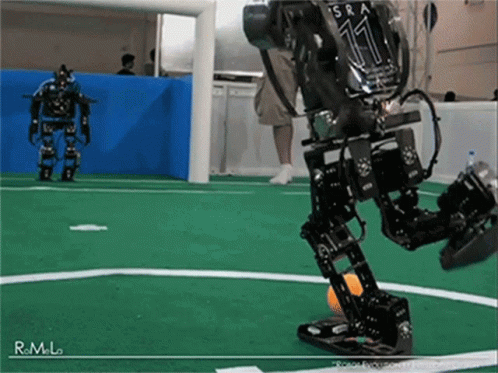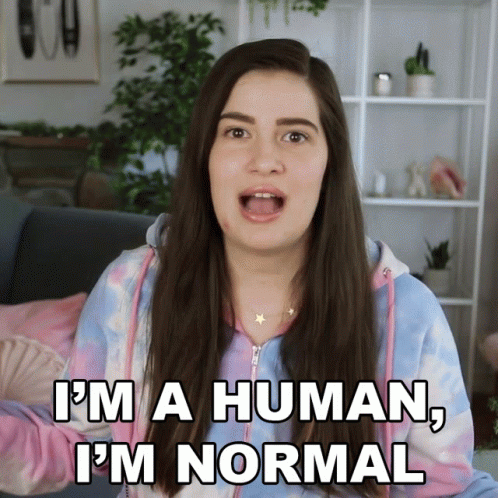Here's How to Actually Talk to it
Look, we get it—marketing can be a tough egg to crack. Sometimes it feels like you’re crammed between work you can’t get to fast enough and work that never stops piling up. When you already have a dozen plates spinning, adding anything else can be overwhelming.
The good news is, AI is designed to cut through a lot of that noise. It can help you organize your thoughts, outline difficult tasks, strategize non-linear workflows, and sift through long content to find what matters. As long as you know AI isn't a Magic 8-Ball that can do everything, it can take on the tedious parts of your marketing tasks (like compiling research or summarizing content).
But to make it useful, there are a few things you need to know.
The Biggest Mistakes You Make When Talking to AI

Most people treat AI like a human—but a frustratingly slow or dumb one. In reality, AI is more like a searchable library: fast, literal, and deeply pattern-based. Once you understand how it “thinks,” you’ll get way more out of it.
1. Expecting AI to Read Your Mind
AI can’t intuit anything. It needs clear, direct prompts.
2. Thinking AI Is “Dumb” When It Misses Obvious Things
AI processes data literally. It follows patterns, not logic.
Example:
3. Forgetting to Give Context (or Save Your Work)
Each conversation is a blank slate. AI doesn’t remember prior threads unless you feed it back.
4. Asking Vague or Open-Ended Questions Without Direction
The broader the prompt, the more generic the answer.
5. Expecting AI to Replace Critical Thinking
AI generates probable answers. It doesn’t analyze, assess, or make decisions.
How to Get the Most Out of AI
Most people throw in vague prompts, get weak answers, and blame the tech. But AI is only as good as your input. Here’s how to improve your prompts—and your output.
1. Be Specific
2. Break Complex Requests Into Steps

AI works better in a workflow.
➤ Example flow:
- Step 1: “What are some B2B lead generation strategies?”
- Step 2: “How does LinkedIn automation fit into this?”
- Step 3: “Write a LinkedIn outreach template for a SaaS company.”
3. Use Examples and Comparisons
AI mimics tone and structure.
4. Fact-Check and Edit Everything
AI doesn’t know—it guesses. Don’t treat its responses as ready-to-publish.
5. Iterate and Refine Your Prompts
AI gets better with feedback.
When AI Isn’t the Right Tool for Marketing

Yes, it’s shiny. No, it’s not a magic wand.
AI can’t:
- Check facts reliably
- Parse nuance or emotional tone
- Handle sensitive or regulated content
- Replace human creativity or lived experience
- Create strategy from scratch
When Not to Rely on AI
✔️ Legal, medical, or financial advice – AI is not a certified expert
✔️ Breaking news or real-time data – Training data is often outdated
✔️ Strategic planning – AI lacks industry intuition and business context
✔️ Original creative work – AI pulls from what already exists
FMK Agency’s Commitment to Human-Facing Content

At FMK Agency, we believe great marketing starts with people—not prompts. We use AI tools to support our process, but every campaign, article, and design is refined, fact-checked, and polished by real humans who understand:
- Audience behavior
- Brand positioning
- Platform-specific nuance
- Voice, tone, and timing
AI is helpful, but it can’t replace intuition, experience, or strategic clarity. That’s where we come in.
So if you’re looking for content that’s smart, sharp, and truly resonates—built by humans, for humans—you’re in the right place.









